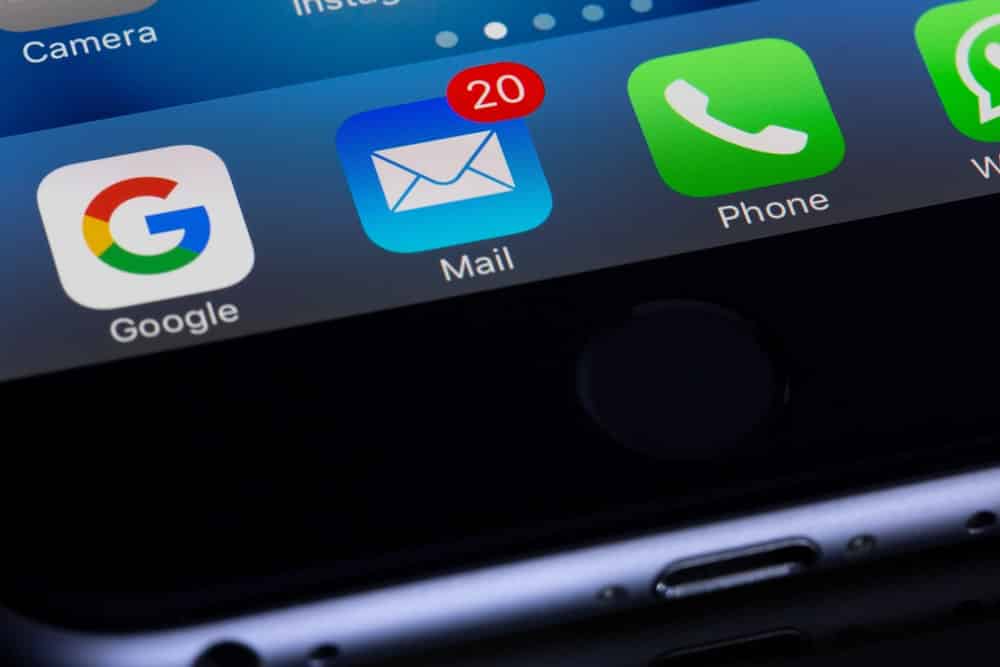Email marketing is one of the most effective digital marketing strategies available and is based on sending emails to prospective customers with an aim of developing long-term relationships. The primary goal of any email marketing campaign is always to convert a prospect into a customer or turning first-time buyers into recurring clients.
Email marketing effectiveness is also well documented with research showing that it has a potential return on investment of 3,800 percent and a median ROI of 122 percent, generating $38 for every dollar spent. The digital marketing strategy is also able to tap into a huge pool of potential clients, with more than 3.8 billion people already using emails.
Why is email marketing so effective?
- Cost-effective: Email marketing is one of the most cost-effective digital marketing strategies available. It can also be automated, further reducing the cost associated with the strategy.
- Generate Leads: IT is also an effective method to generate leads by building relationships with clients to a point where they are not afraid to share their personal information.
- Creates customer loyalty: Brands can build a client base through their email campaigns, especially if the emails offer value to clients such as useful information or free ebooks. This may result in loyalty to a brand.
- Create social media following: Email marketing can also help brands looking to increase their social media presence. Digital marketers are able to remind their subscribers to connect with their brands through social media.
- Boosting brand awareness: Digital marketers are also able to keep their brand names on top of their clients’ minds by engaging with them regularly.
- Email marketing can also be used for branding, traffic generation, engagement, customer retention and referral marketing.
Types of email marketing
There are three types of email marketing used by digital marketers to achieve different goals using the strategy. The effectiveness of each type of email depends on which stage a client is in a marketing campaign. All these types of emails are tailored to meet marketers’ needs and improve the relationship between a brand and its clients.
-
Transactional emails
These emails are sent out to clients by customer service and mostly focus on billion issues such as subscriptions and billing. Examples of these types of emails include
– Billing notifications
– Subscription cancellation
– Invoices
– Receipts
– Log-in credentials
– E.t.c -
Relational emails
These types of emails are sent with the primary goal of reminding your clients that you are still the best at what you do. They are meant to keep users engaged with your content and educate them on new products that you might be having. Examples of such emails include:
– New products arrivals
– Change in prices of products
– Weekly newsletters
– Content emails
– E.t.c -
Promotional emails
These are primarily targeted to drive sales up by marketers. They are structured in a way that gives clients the urge to visit your site and shop for your products. They also form the primary goal of email marketing, and the other two types of email marketing are meant to supplement promotional emails.
How to run an email marketing campaign
Email marketing campaigns can be classified into two categories depending on the mode of sending they are using.
-
Broadcast emails
These are the emails that are sent primarily to the main list of email subscribers. They are manually sent their primary goal is to keep the relationship with clients or promote a product.
Businesses that are invested in email marketing use this type of campaign a lot to keep clients updated. Examples of broadcast emails include content emails, weekly newsletters and notifications about new product arrivals. - Follow-up emails (Auto-responders)
This type of email campaign is fully automated and involves reminding clients about actions they are required to take. Examples of follow-up email campaigns include transaction emails, onboarding emails and deliverable emails.
Creating an effective email marketing strategy
A successful email campaign is one that is able to convert potential clients into leads, first-time customers, or recurring customers. However, this is not always the case and a lot of email campaigns fail to achieve that goal because of poor strategies.
It is estimated that, on average, an office worker receives about 121 emails per day and globally, over 3.4 billion fake emails are sent daily. This means that your potential clients will need to have a reason to even consider your marketing emails in their inbox. To run a successful campaign, marketers need to apply strategies such as:
Know your clients
An effective email campaign must have a good profile of who their target audience is, what they are looking for and how to tailor the emails to meet their needs. Failing to consider these factors may result in a poor email campaign.
Create sign-up pages
A good campaign email also involves creating an email list for the campaigns. Digital marketers should create sign-up pages for their subscribers, create opt-ins to allow clients to accept receiving emails from you and to offer valuable content to ensure that users are always interested in your emails.
Have clear goals
You should determine beforehand what you want to achieve with the email campaign. Having a clear agenda about the nature of your email such as whether they are transactional, promotional, or relational ensures can result in a successful campaign.
Personalize your emails
Creating personalized emails ensures that users are able to engage with the content of the email and are more likely to click any link on the emails. They are also to connect with a brand and feel respected resulting in them buying products or becoming leads.
Measure results
Every email campaign should be accompanied by an analysis of how successful it was. Looking at campaign data can offer insights on areas that need improvements, resulting in future successful email campaigns.


